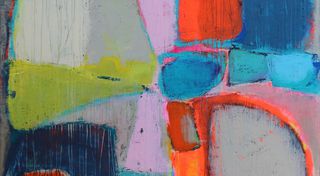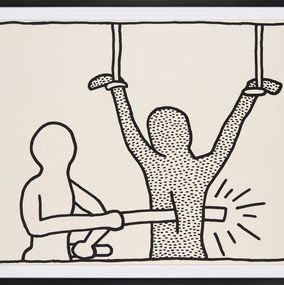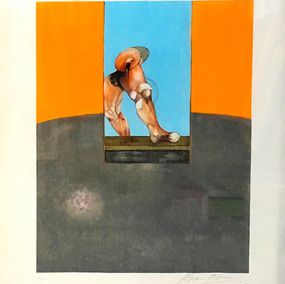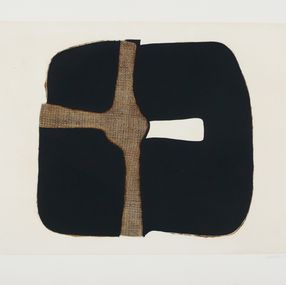

A painting lives by the company it imposes on other paintings.
Biography
Mark Rothko (1903–1970) remains one of the most influential artists of the 20th century, known for his emotive color field paintings that explore the profound depths of human emotion. His unique approach to abstraction and his mastery of color have solidified his place in art history, and his works continue to captivate collectors and art lovers worldwide. Rothko's iconic color field paintings, featuring large, luminous swaths of color meant to evoke intense emotional responses, remain some of the most sought-after pieces in the contemporary art market.
In 2024, the centennial of Rothko's birth was marked by a major retrospective at the Fondation Louis Vuitton in Paris, showcasing over 115 works from major collections. This exhibition provided a thorough exploration of Rothko's artistic evolution, from his early figurative pieces to his later abstract works, underscoring his enduring impact on the art world. These exhibitions continue to highlight Rothko's deep emotional engagement with color and form, elevating his influence in both the art market and the broader art community.
Rothko's market performance remains robust, with his paintings regularly achieving impressive auction results. In November 2024, his Untitled (Yellow and Blue) (1954) fetched HK$252.5 million (approximately $32.5 million) at Sotheby's Hong Kong, illustrating his continued relevance and appeal among collectors. Rothko's works are consistently featured in major auctions and galleries globally, further cementing his status as a highly sought-after artist for both investors and art connoisseurs.
Born in Dvinsk, Russia (now Daugavpils, Latvia), Rothko emigrated with his family to Portland, Oregon, in 1913. He initially pursued studies in music before enrolling at Yale University and later focusing on painting. Rothko's early works were influenced by surrealism and expressionism, but he ultimately developed his signature style, characterized by large, luminous fields of color designed to provoke a deep emotional connection with the viewer. His pursuit of the emotional and psychological impact of color led him to shift away from representational art, seeking to engage viewers on a more visceral level.
Rothko's works can be found in some of the most prestigious collections globally, including the Museum of Modern Art in New York, the Tate in London, and the National Gallery of Art in Washington, D.C. For collectors, Rothko's paintings remain valuable assets, offering a profound exploration of color, emotion, and the human condition. With his timeless appeal, Rothko continues to inspire new generations of artists, collectors, and art enthusiasts, ensuring his enduring place in the art market and in the history of modern art.
Nationality
Artistic movements
Themes
Discover the movements linked to Mark Rothko
Discover similar artists
Posts about Mark Rothko
Discover our selections of works by artists
Rothko's paintings explore deep emotions through large fields of color, aiming to evoke contemplation and spiritual experience. His abstract works invite viewers to connect personally, beyond literal interpretation.
The Rothko effect refers to the emotional impact and meditative experience evoked by Mark Rothko's large, color field paintings, which use soft-edged rectangles and luminous colors to immerse viewers in contemplation and evoke deep feelings.
Mark Rothko was diagnosed with depression in the years leading up to his death. His mental health struggles significantly impacted his life and artistic output.






















